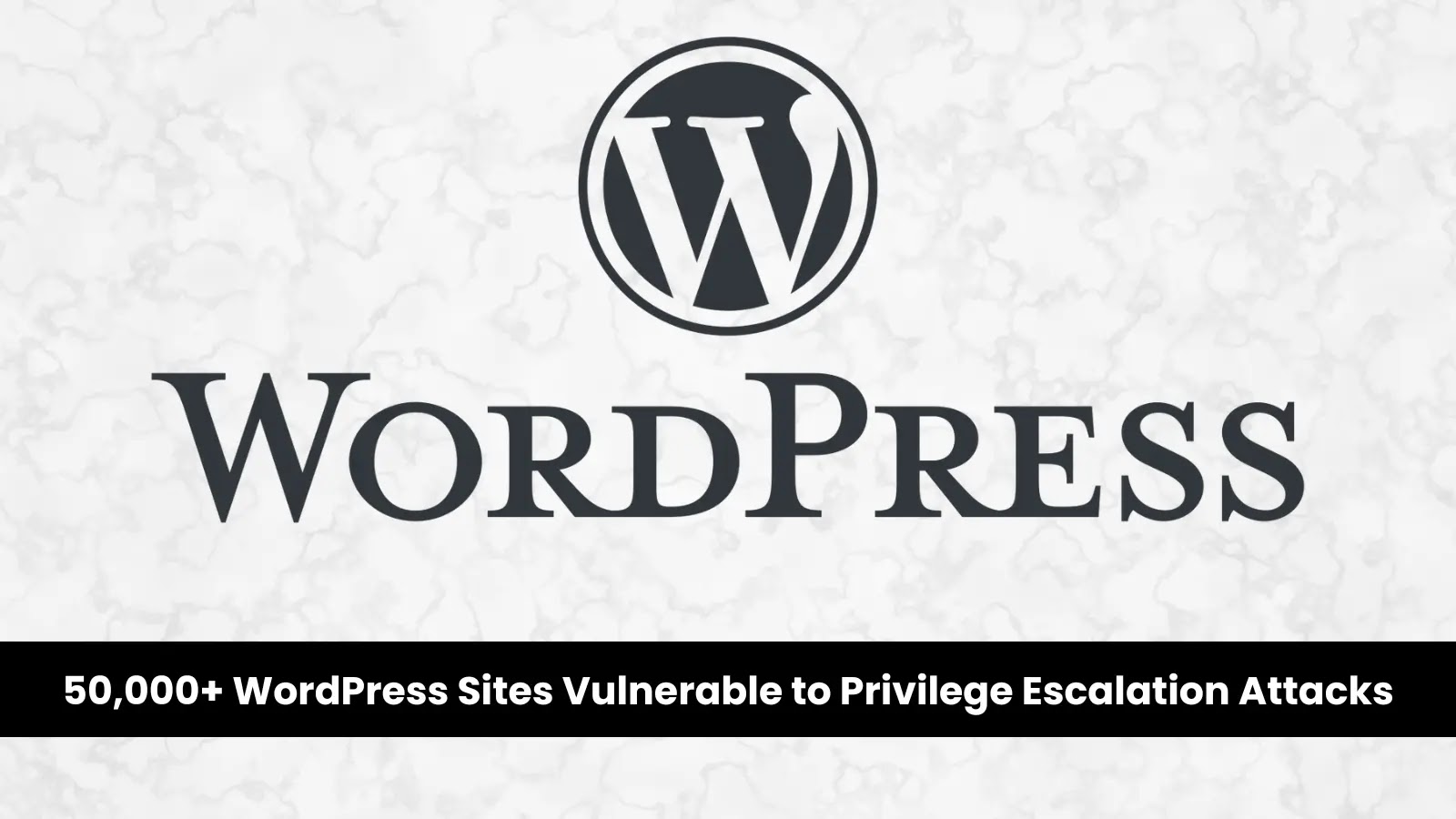In June 2025, during a 12-day conflict between Israel and Iran, a sophisticated network of Iranian-linked cyber threat actors launched coordinated digital operations against critical infrastructure sectors worldwide. This campaign demonstrated unprecedented coordination between military operations and state-sponsored cyberattacks, targeting financial institutions, government agencies, and media organizations across multiple countries.
The Cyber Offensive: A Multi-Faceted Approach
The cyber offensive involved a complex ecosystem of hackers ranging from state-sponsored groups with direct ties to Iran’s Islamic Revolutionary Guard Corps (IRGC) to ideologically-aligned hacktivist collectives operating with varying degrees of autonomy. These threat actors employed diverse attack vectors, including malware-laden phishing campaigns, distributed denial-of-service (DDoS) attacks, SQL injection exploits, and sophisticated social engineering techniques designed to steal sensitive data and disrupt critical operations.
SecurityScorecard researchers identified over 178 active hacker groups participating in the campaign, analyzing more than 250,000 messages from Iranian proxies and hacktivist channels. The analysis revealed that several key groups, including Imperial Kitten (also known as Tortoiseshell, Cuboid Sandstorm, and Yellow Liderc), rapidly adapted their tactics to align with Iran’s military objectives, suggesting pre-planned coordination between cyber and kinetic operations.
Advanced Phishing Infrastructure and Tactical Evolution
One of the most concerning aspects of this campaign was the speed at which established threat actors modified their operational procedures to exploit the conflict. Imperial Kitten, a well-documented Iranian state-linked group notorious for its social engineering capabilities, deployed conflict-themed phishing lures within hours of the military escalation beginning.
The group’s phishing infrastructure incorporated current events and emotional manipulation tactics, using subject lines referencing ongoing airstrikes and humanitarian crises to increase victim engagement rates. The phishing emails contained malicious attachments designed to establish persistent access to target networks, with payloads specifically crafted to evade detection during the heightened alert periods typical of wartime cybersecurity postures.
This tactical evolution demonstrates how state-sponsored actors can rapidly pivot their technical capabilities to support broader strategic objectives, creating significant challenges for traditional threat detection methodologies.
Implications for Global Cybersecurity
The coordinated cyberattacks orchestrated by Iranian-linked groups underscore the evolving nature of cyber warfare, where digital operations are increasingly integrated with traditional military strategies. This integration amplifies the potential impact of cyberattacks, making them a formidable tool in geopolitical conflicts.
Organizations worldwide, especially those in critical infrastructure sectors, must recognize the heightened risk posed by such coordinated cyber campaigns. Proactive measures, including regular security assessments, employee training on phishing recognition, and the implementation of advanced threat detection systems, are essential to mitigate these risks.
Furthermore, international collaboration and intelligence sharing are crucial in identifying and countering state-sponsored cyber threats. By understanding the tactics, techniques, and procedures employed by groups like Imperial Kitten, cybersecurity professionals can develop more effective defense strategies to protect against future attacks.
Conclusion
The June 2025 cyber offensive attributed to Iranian-linked groups highlights the growing sophistication and coordination of state-sponsored cyberattacks. As cyber warfare becomes an integral component of military strategy, it is imperative for organizations and nations to enhance their cybersecurity posture and foster collaborative efforts to defend against these evolving threats.



